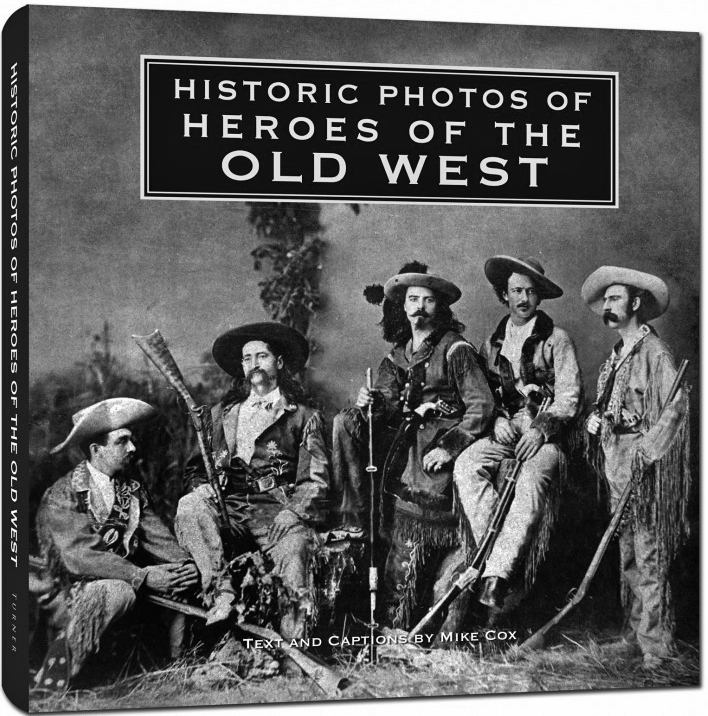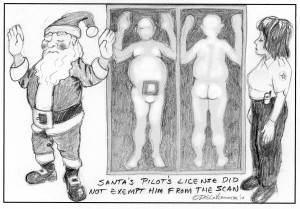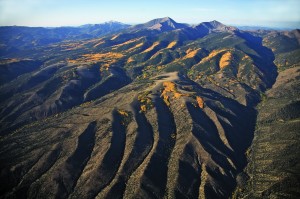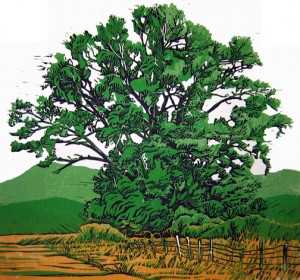Historic Photos of Heroes of the Old West
Text and captions by Mike Cox
Turner Publishing Company, 2010
ISBN: 9781596525689
Reviewed by Elliot Jackson
The title of this handsome coffee-table book tells you almost everything you need to know about what you will find inside: yet for every photo of a traditional “hero” or villain (Wyatt Earp, George Custer, hanging judges, stolid Indians), there is a photo that chronicles a lesser-known thread in the story: Ann Eliza Webb Young, for example, one of the wives of Mormon leader Brigham Young, who spoke out against polygamy in her book, “Wife No. 19”; or Nat Love, a black cowboy born into slavery, who wrote his autobiography. There are also fascinating group shots: a group of men huddles around a faro table in one; the company of Troop C, Fifth Cavalry, which was charged with keeping the peace and throwing out squatters in Oklahoma Territory, stares out from another. All the photos are accompanied by captions by author Mike Cox, who also provides short introductory essays for each chapter.
The book is laid out in roughly chronological order, and begins with a series of drawings and prints of early explorers from the period of the Louisiana Purchase: Lewis and Clark, Zebulon Pike, Joseph Lafayette Meek, John Charles Fremont et al. Some of these men lived long enough to be photographed, and it is particularly fascinating to compare the engraved images of their younger selves with how they looked as middle-aged or older men. I started to realize just how much my own viewpoint of the Western expansion had been shaped by the birth of photography: the history of the mid-Victorian era, the 1850s and 1860s, seems modern to me, because it was so relentlessly photographed. A corollary realization was that the myth of How the West was Won (or Lost, depending on your point of view: history is notoriously written by the victors) was, for me, one of the most potent, the most bewitching of all the influences on my young life. Cowboy movies came from photos of anonymous cowboys like the ones chronicled in this book, and our view of history is constantly reshaped by art informed by the earliest days of photography.
I have lately become obsessed with the far too short-lived TV series, “Deadwood.” This ambitious show, a combination of elegantly-sculpted speech and shockingly violent action, traced the arc of the earliest days of this South Dakota town, from illegal mining camp that attracted the wildest and most notorious of personalities (Wild Bill Hickok and Calamity Jane among them), to social and political legitimacy as a township; and interwove the stories of actual historical figures with fictional characters so seamlessly it was sometimes hard to tell who was which. Looking through this book, I got to feel similar shocks, from the recognition that comes from a well-known face in an unfamiliar crowd (Theodore Roosevelt among a group of cattlemen, for example); the shock that comes from lack of recognition (black cavalry, or “buffalo soldiers,” who were set against the Plains Indians tribes, posing for the camera).
Then there is the special frisson that comes from seeing the photos of Calamity Jane, or Buffalo Bill Cody and the personalities from his Wild West Show – the West that was being busily commodified for the East, and the rest of the world, while its pioneers, settlers, and original inhabitants were still alive. This is a fun and fascinating read for anyone interested in the history of our region.




